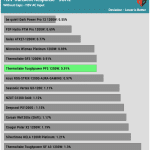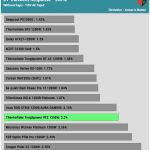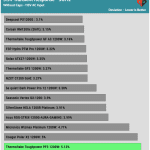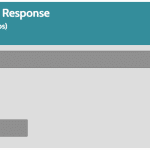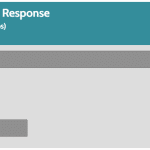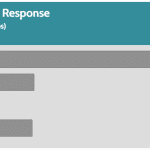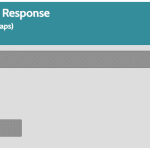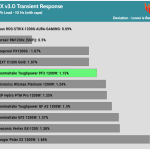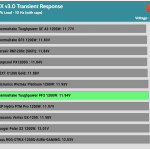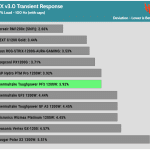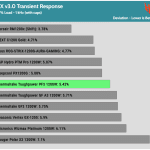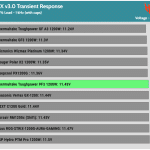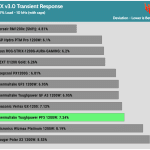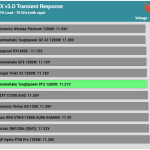Transient Response
20% Load – 20ms
| Voltage | Before | After | Change | Pass/Fail |
| 12V | 12.170V | 12.041V | 1.06% | Pass |
| 5V | 5.054V | 4.941V | 2.23% | Pass |
| 3.3V | 3.341V | 3.174V | 5.00% | Pass |
| 5VSB | 5.021V | 4.951V | 1.38% | Pass |
50% Load -20ms
| Voltage | Before | After | Change | Pass/Fail |
| 12V | 12.139V | 12.048V | 0.75% | Pass |
| 5V | 5.043V | 4.934V | 2.17% | Pass |
| 3.3V | 3.338V | 3.163V | 5.23% | Pass |
| 5VSB | 4.996V | 4.959V | 0.73% | Pass |
The transient response is good at 12V. On the contrary, the 3.3V rail performs terribly here.
Transient Response ATX v3.0 Tests
The 12V rail drops low in the 200% load test.
The 12V rail’s performance is not competitive.
Pages:

